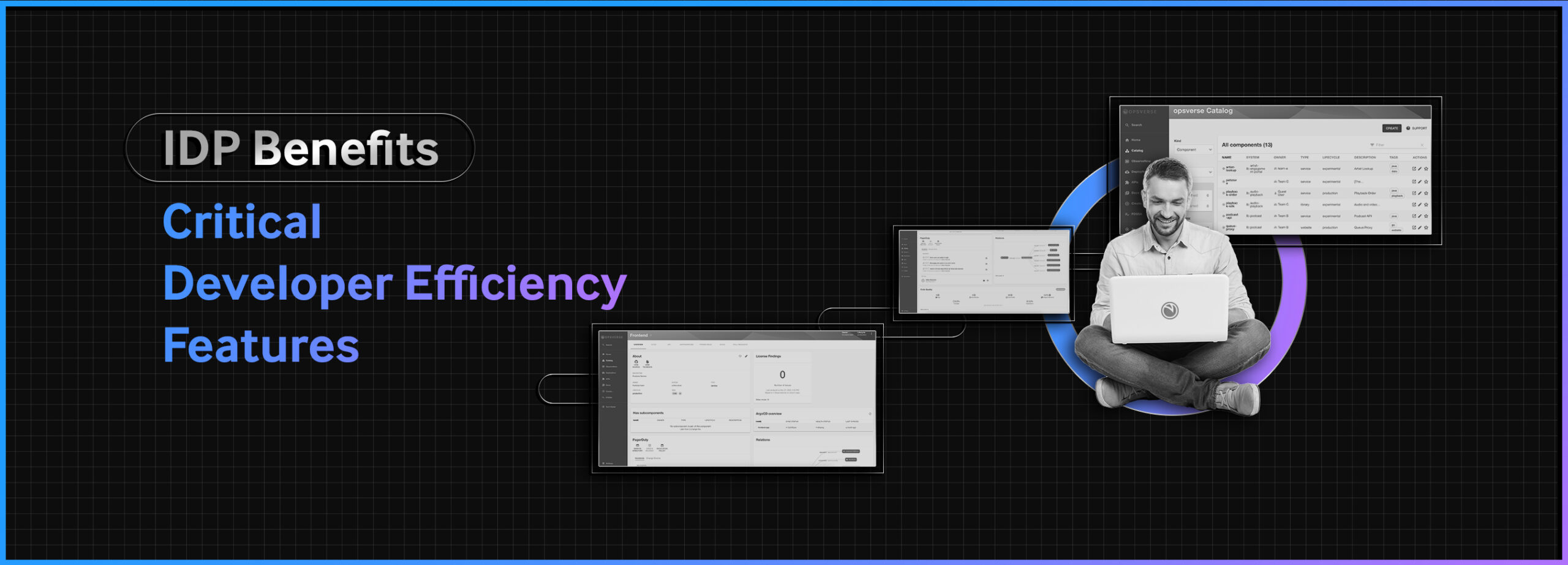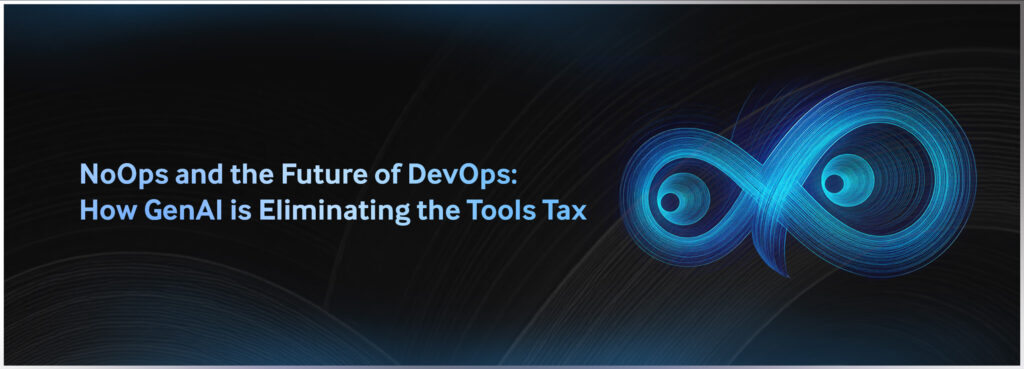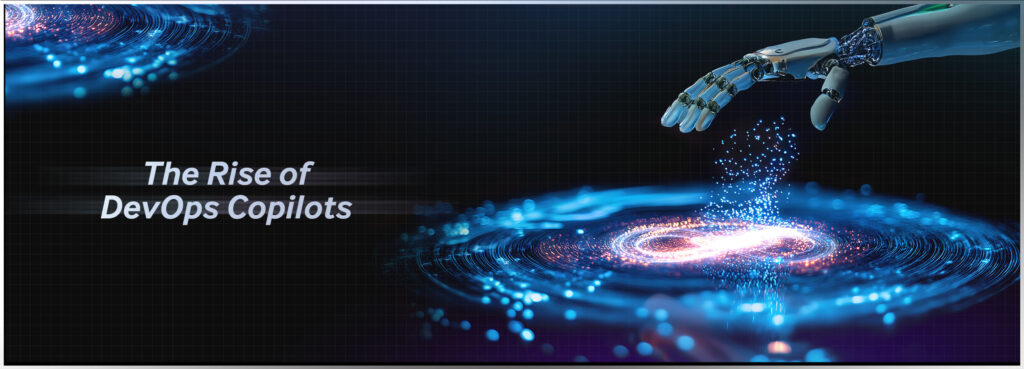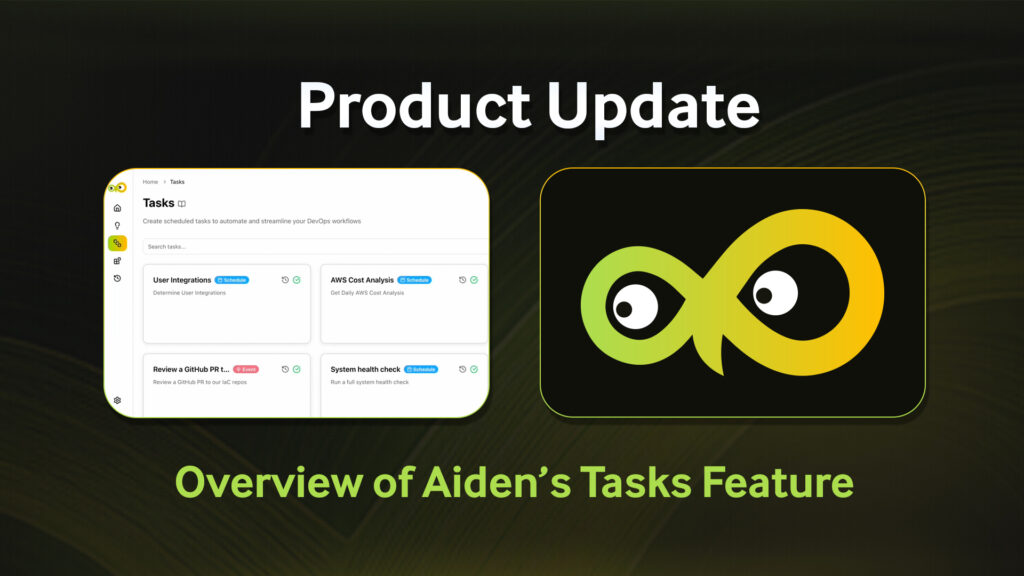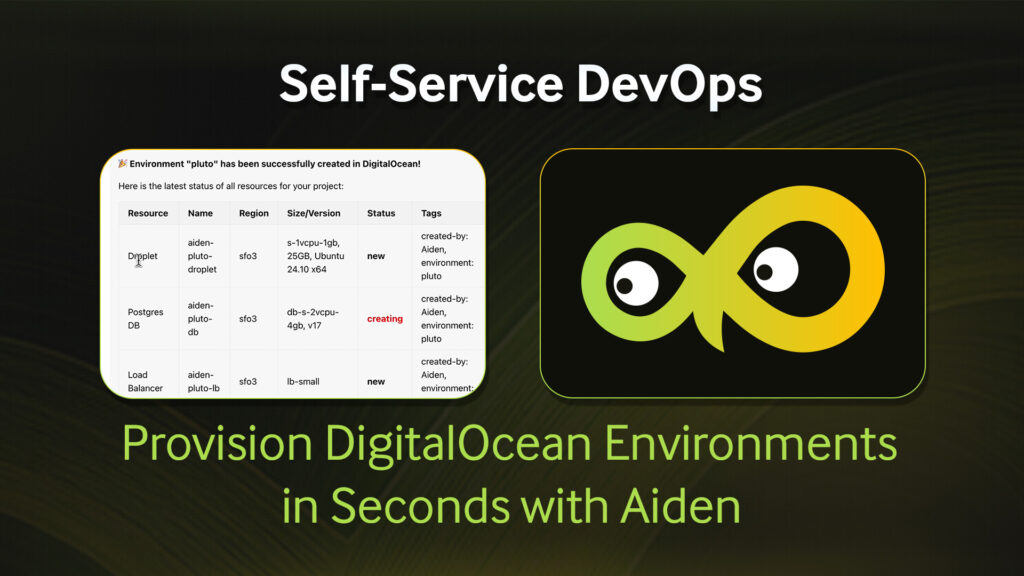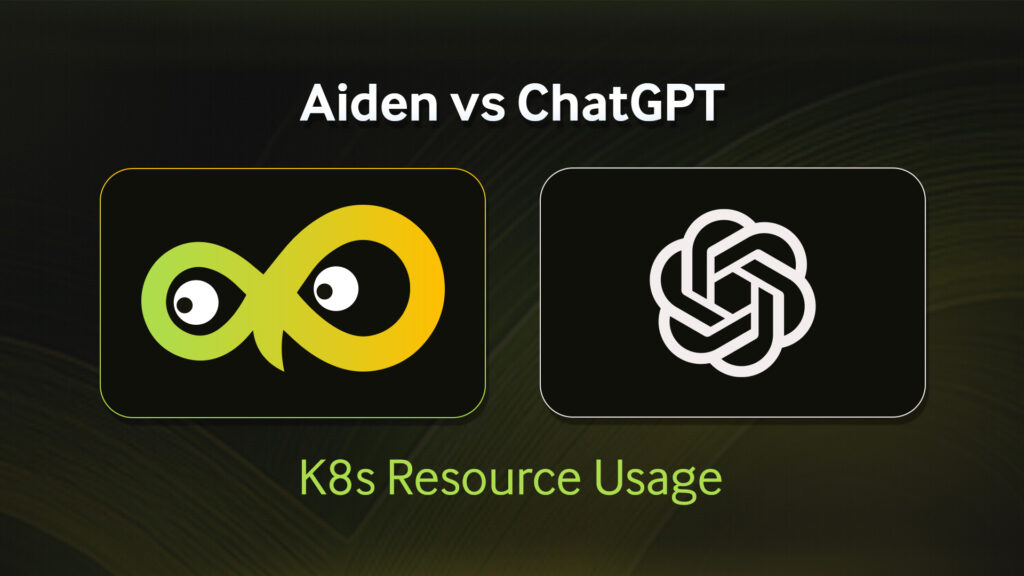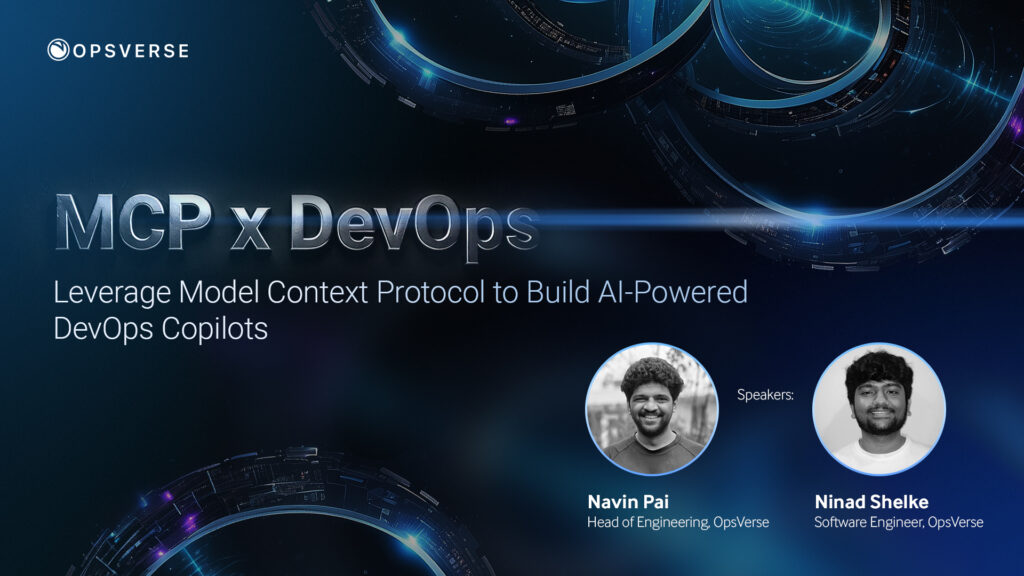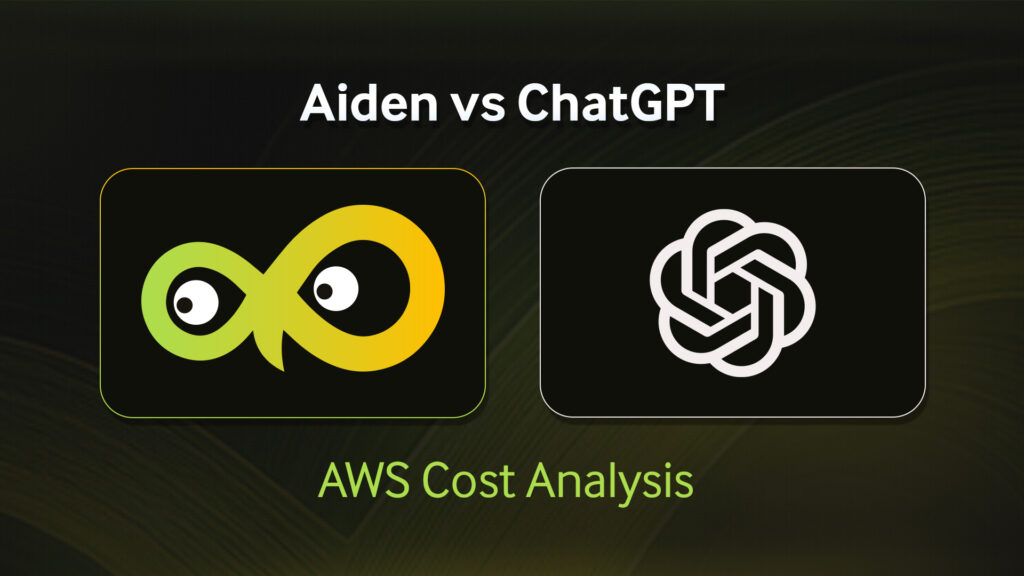There’s no doubt about it: Internal Developer Portals (IDPs) are transforming the way organizations manage their development processes. Gartner defines an IDP as a tool designed to facilitate self-service discovery, automation, and access to various resources within modern software development environments. IDPs are bound to become the backbone of many engineering teams today, and the essential features that engineers seek in an IDP can significantly impact its overall effectiveness. In this blog, we’ll explore what those features are and how they can enhance developer efficiency.
1. Microservices Catalog: A Single Source of Truth
In a microservices architecture, services are independently deployable units that together form a cohesive application. While this modular approach brings scalability and resilience, it also introduces complexity in management. An IDP serves as a microservices catalog, providing a centralized repository of all microservices within an organization, including:
- Centralized documentation: Developers can find comprehensive documentation, API specifications, and usage guidelines in one place. This reduces the time spent searching for information while helping maintain consistency across different services.
- Self-service discovery: New team members or teams from different parts of an organization can quickly discover existing services, understand their capabilities, and leverage them to enhance productivity. This encourages reusability and reduces duplication of effort.
- Standardization: An IDP can enforce organizational standards and best practices by integrating with tools that check for compliance. All microservices adhere to agreed-upon guidelines, improving quality and maintainability.
- Version control: Keeping track of different versions of microservices and their respective documentation ensures that teams can refer to the correct version as needed, facilitating smoother transitions and updates.
2. Integration With CI/CD Pipelines
Continuous Integration and Continuous Deployment (CI/CD) are the cornerstones of modern software development practices. An IDP that seamlessly integrates with CI/CD pipelines ensures:
- Unified interface: Developers can access CI/CD pipeline functionalities directly from the portal, reducing the need to switch between different tools and interfaces. This consolidation improves workflow efficiency.
- Automation and standardization: Integrating CI/CD pipelines ensures that best practices and standardization processes are followed across the development lifecycle. It also automates various stages of development, from code integration and testing to deployment.
- Visibility and monitoring: IDPs feature dashboards and monitoring tools that provide real-time visibility into the status of builds, tests, and deployments. Armed with this knowledge, developers and teams can identify issues.
- Collaboration and documentation: IDPs often include features for documentation, collaboration, and knowledge sharing. Integrating CI/CD pipelines ensures that pipeline configurations, deployment processes, and troubleshooting steps are well-documented and easily accessible.
Popular IDPs such as Backstage often come with plugins or integrations for CI/CD tools like Jenkins, GitLab CI, CircleCI, and others. These enable seamless interactions between the portal and the CI/CD systems, enhancing the overall developer experience.
3. Streamlined Onboarding of Engineering Teams
An IDP significantly enhances the onboarding process for engineering teams, boosting retention and productivity. Here’s how:
-
- Centralized access to resources: As mentioned earlier, an IDP functions as a centralized location for all technical documentation, guidelines, and best practices. New engineers can easily access information about coding standards, architectural overviews, and development workflows without having to sift through scattered resources.
Furthermore, with necessary development tools like code repositories, CI/CD pipelines, and monitoring dashboards integrated directly into the IDP, newly onboarded developers don’t have to spend additional time configuring and navigating multiple tools independently.
- Self-service environments: As IDPs can automate the provisioning of development environments, new engineers can quickly spin up pre-configured environments, ensuring consistency and reducing setup time. Moreover, access to a library of code examples and templates helps new engineers understand coding conventions while accelerating the development of new features.
OpsVerse ONE: Your Ultimate IDP
OpsVerse ONE, an IDP based on Backstage, effortlessly manages all your software under one roof, including microservices, libraries, data pipelines, ML models, and more. Engineering Directors and managers can standardize tooling across the organization or within teams with readily available plugins. They can also publish their own standardized boilerplate templates, enabling engineers to launch projects within minutes.

An example of a microservices catalog in OpsVerse ONE
One key feature that will undoubtedly benefit new engineers the most is OpsVerse ONE’s “docs like code” approach for maintaining and using technical documentation. With it, new engineers can seamlessly integrate their documentation updates with their regular development tasks.
This eliminates the need to switch between disparate tools and systems, making the documentation process far more efficient and less prone to oversight.
Documentation managed in version control systems (for example, Git) is versioned alongside the code itself. New engineers can easily track changes, understand the evolution of the documentation, and align it with corresponding code changes. This consistency reduces confusion and always keeps documentation up-to-date with the latest codebase.
Alerting and Monitoring Within OpsVerse ONE
OpsVerse ONE can be integrated with existing alerting and monitoring tools, letting engineers automate the routing of alerts to the appropriate teams or individuals based on predefined rules. Alerts always reach the right people without delay, enhancing the speed and accuracy of incident responses.

OpsVerse ONE also comes fully integrated with all tools from OpsVerse, such as:
- ObserveNow: An open-source observability stack that brings logs, metrics, and traces together under one roof using Grafana Loki, Jaeger, OpenTelemetry, and Prometheus.
- DeployNow: An enterprise-grade deployment orchestration tool based on Argo CD, Argo Workflows, and Open Policy Agent.
With these integrations, OpsVerse ONE becomes the ultimate IDP for empowering engineering teams with a unified, efficient, and comprehensive platform. Observability, deployment orchestration, and seamless development have never been easier.
Talk to our experts to learn how OpsVerse ONE can help your team accelerate software deployment, improve operational efficiency, and streamline engineering onboarding processes.

